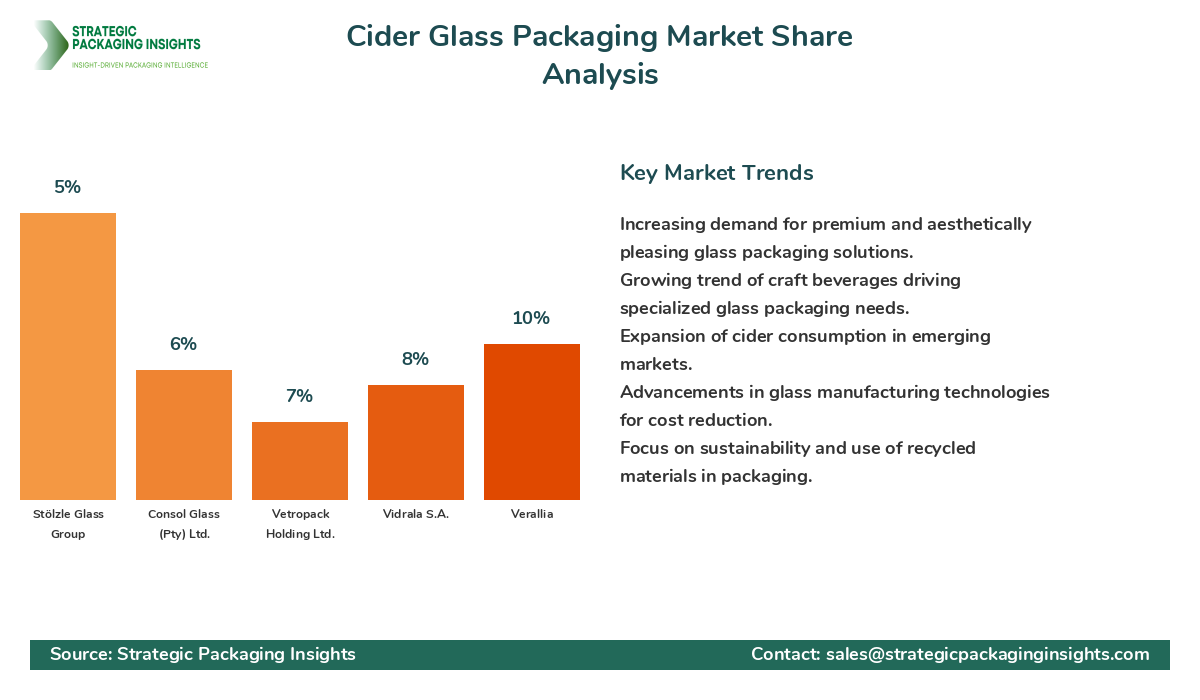- Home
- Beverage Packaging
- Cider Glass Packaging Market Size, Future Growth and Forecast 2033
Cider Glass Packaging Market Size, Future Growth and Forecast 2033
Cider Glass Packaging Market Segments - by Material Type (Clear Glass, Colored Glass), Application (Alcoholic Beverages, Non-Alcoholic Beverages), End-User (Breweries, Distilleries, Wineries, Others), and Region (Asia Pacific, North America, Latin America, Europe, and Middle East & Africa) - Market Dynamics, Growth Opportunities, Strategic Drivers, and PESTLE Outlook (2025–2033)
Cider Glass Packaging Market Outlook
The cider Glass Packaging market was valued at $2.5 billion in 2024 and is projected to reach $3.8 billion by 2033, growing at a CAGR of 4.5% during the forecast period 2025–2033. This growth is driven by the increasing popularity of cider as a beverage choice, particularly among younger demographics who are drawn to its refreshing taste and lower alcohol content compared to traditional beers. The market is also benefiting from the rising trend of premiumization in the beverage industry, where consumers are willing to pay more for high-quality, aesthetically pleasing packaging that enhances their drinking experience. Additionally, the sustainability aspect of glass packaging, being 100% recyclable, is appealing to environmentally conscious consumers and companies alike, further propelling market growth.
However, the market faces challenges such as the high cost of glass compared to alternative packaging materials like plastic and aluminum. Regulatory pressures regarding packaging waste and recycling mandates are also influencing market dynamics, pushing companies to innovate in terms of lightweighting and increasing the recycled content of their glass bottles. Despite these challenges, the market holds significant growth potential, particularly in emerging economies where cider consumption is on the rise, and in developed markets where craft cider producers are expanding their product lines and distribution networks.
Report Scope
| Attributes | Details |
| Report Title | Cider Glass Packaging Market Size, Future Growth and Forecast 2033 |
| Base Year | 2024 |
| Historic Data | 2017-2023 |
| Forecast Period | 2025-2033 |
| Number of Pages | 246 |
| Material Type | Clear Glass, Colored Glass |
| Application | Alcoholic Beverages, Non-Alcoholic Beverages |
| End-User | Breweries, Distilleries, Wineries, Others |
| Region | Asia Pacific, North America, Latin America, Europe, Middle East & Africa |
| Customization Available | Yes* |
Opportunities & Threats
The cider glass packaging market presents numerous opportunities, particularly in the realm of product differentiation and branding. As consumers increasingly seek unique and premium experiences, brands are leveraging innovative glass packaging designs to stand out on the shelves. This includes the use of embossed logos, custom shapes, and vibrant colors that not only enhance the visual appeal but also communicate the brand's story and values. Additionally, the growing trend of craft beverages is creating a demand for smaller, artisanal batches of cider, which in turn drives the need for specialized glass packaging solutions that cater to niche markets.
Another significant opportunity lies in the expansion of cider consumption in non-traditional markets. Regions such as Asia Pacific and Latin America are witnessing a surge in cider popularity, driven by changing consumer preferences and increasing disposable incomes. This opens up new avenues for glass packaging manufacturers to tap into these emerging markets by offering tailored solutions that meet local tastes and regulatory requirements. Furthermore, advancements in glass manufacturing technologies, such as lightweighting and improved recycling processes, are enabling companies to reduce costs and enhance the sustainability of their products, thereby appealing to eco-conscious consumers.
Despite these opportunities, the cider glass packaging market is not without its threats. One of the primary challenges is the competition from alternative packaging materials, such as cans and PET Bottles, which are often perceived as more convenient and cost-effective. Additionally, the volatility in raw material prices, particularly for silica and soda ash, can impact production costs and profit margins for glass manufacturers. Moreover, stringent environmental regulations regarding packaging waste and recycling are putting pressure on companies to innovate and invest in sustainable practices, which can be capital-intensive and time-consuming.
The cider glass packaging market is characterized by a competitive landscape with several key players vying for market share. Leading companies in this space include Owens-Illinois, Inc., Ardagh Group S.A., and Verallia, each holding significant market shares due to their extensive product portfolios, global presence, and strong customer relationships. These companies are continuously investing in research and development to innovate and improve their glass packaging solutions, focusing on sustainability, design, and functionality to meet the evolving needs of the cider industry.
Owens-Illinois, Inc., for instance, is a major player in the glass packaging industry, known for its commitment to sustainability and innovation. The company offers a wide range of glass packaging solutions for the beverage industry, including cider, and has a strong presence in North America and Europe. Ardagh Group S.A. is another key player, with a diverse product portfolio that includes both standard and custom glass bottles for cider. The company has a strong focus on sustainability, with initiatives aimed at reducing carbon emissions and increasing the use of recycled materials in its products.
Verallia, a leading glass packaging manufacturer, is known for its innovative designs and commitment to sustainability. The company offers a range of glass bottles for the cider industry, with a focus on lightweighting and increasing the recycled content of its products. Verallia has a strong presence in Europe and is expanding its operations in emerging markets to capitalize on the growing demand for cider. Other notable players in the market include Vidrala S.A., Vetropack Holding Ltd., and Consol Glass (Pty) Ltd., each contributing to the competitive dynamics of the market with their unique offerings and strategic initiatives.
Key Highlights Cider Glass Packaging Market
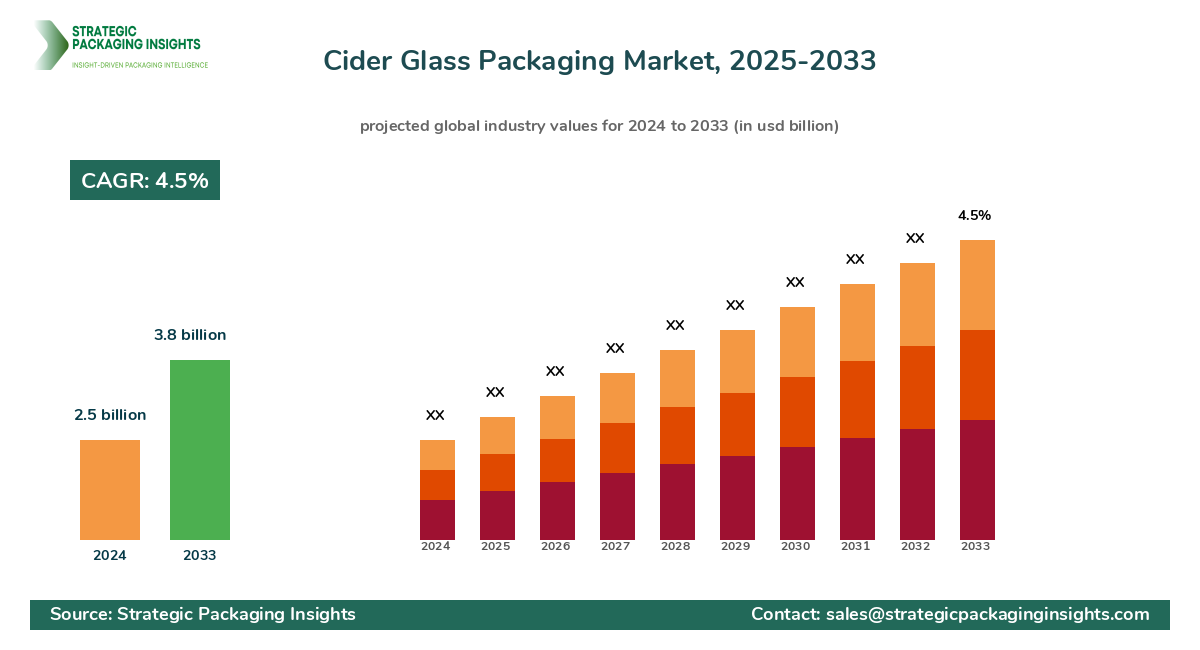
- Increasing demand for premium and aesthetically pleasing glass packaging solutions in the cider industry.
- Growing trend of craft beverages driving the need for specialized glass packaging solutions.
- Expansion of cider consumption in emerging markets such as Asia Pacific and Latin America.
- Advancements in glass manufacturing technologies enabling cost reduction and sustainability improvements.
- Competition from alternative packaging materials such as cans and PET bottles.
- Volatility in raw material prices impacting production costs and profit margins.
- Stringent environmental regulations driving innovation and investment in sustainable practices.
- Key players focusing on research and development to innovate and improve glass packaging solutions.
- Strong presence of leading companies in North America and Europe, with expansion efforts in emerging markets.
- Increasing use of recycled materials in glass packaging to meet sustainability goals.
Top Countries Insights in Cider Glass Packaging
The United States is a leading market for cider glass packaging, with a market size of $800 million and a CAGR of 5%. The growth is driven by the increasing popularity of craft cider and the demand for premium packaging solutions. The presence of major glass manufacturers and a strong distribution network further supports market growth.
In the United Kingdom, the cider glass packaging market is valued at $600 million, with a CAGR of 4%. The country's rich cider heritage and the growing trend of premiumization in the beverage industry are key growth drivers. Additionally, the focus on sustainability and recycling initiatives is shaping the market dynamics.
China is emerging as a significant market for cider glass packaging, with a market size of $400 million and a CAGR of 7%. The rising disposable incomes and changing consumer preferences towards cider as a refreshing beverage are fueling market growth. The government's focus on environmental sustainability is also encouraging the use of glass packaging.
Australia's cider glass packaging market is valued at $300 million, with a CAGR of 6%. The increasing popularity of cider among younger demographics and the demand for innovative packaging solutions are driving market growth. The presence of local craft cider producers is also contributing to the market expansion.
In Germany, the cider glass packaging market is valued at $200 million, with a CAGR of 3%. The country's strong beer culture is gradually embracing cider, leading to increased demand for glass packaging. The focus on quality and sustainability is also influencing market trends.
Value Chain Profitability Analysis
The cider glass packaging market's value chain involves several key stakeholders, each capturing different shares of the overall market value. At the initial stage, raw material suppliers provide essential inputs such as silica, soda ash, and limestone, which constitute a significant portion of the cost structure. These suppliers typically operate on thin margins due to the commoditized nature of their products.
Glass manufacturers, who transform these raw materials into glass bottles, capture a larger share of the market value. Their profitability is influenced by factors such as production efficiency, scale of operations, and the ability to innovate in terms of design and sustainability. The use of advanced manufacturing technologies and automation can enhance profit margins by reducing production costs and improving product quality.
Distributors and logistics providers play a crucial role in the value chain, ensuring the timely delivery of glass packaging to cider producers. Their profitability is largely dependent on the efficiency of their operations and the ability to optimize supply chain processes. As the market evolves, digital transformation is enabling these stakeholders to capture increasing shares of the market value by enhancing operational efficiency and customer service.
Finally, cider producers, who are the end-users of glass packaging, capture value by leveraging the aesthetic and functional benefits of glass bottles to enhance their brand image and appeal to consumers. Their profitability is influenced by factors such as product differentiation, marketing strategies, and consumer demand trends. As digital transformation continues to reshape the industry, cider producers are increasingly focusing on direct-to-consumer sales channels and personalized marketing to capture greater shares of the market value.
Evolving Market Dynamics (2018–2024) and Strategic Foresight (2025–2033)
The cider glass packaging market has undergone significant changes between 2018 and 2024, with a focus on sustainability and premiumization driving market dynamics. During this period, the market experienced a steady CAGR of 3.5%, with a growing emphasis on eco-friendly packaging solutions and the use of recycled materials. The rise of craft cider and the demand for unique packaging designs also contributed to market growth.
Looking ahead to 2025–2033, the market is expected to witness a higher CAGR of 4.5%, driven by the expansion of cider consumption in emerging markets and the increasing popularity of premium beverages. Technological advancements in glass manufacturing, such as lightweighting and improved recycling processes, will play a crucial role in shaping market dynamics. Additionally, the focus on digital transformation and direct-to-consumer sales channels will influence strategic imperatives for cider producers and glass manufacturers alike.
Regional contributions are expected to shift, with Asia Pacific and Latin America emerging as key growth regions due to rising disposable incomes and changing consumer preferences. In contrast, mature markets such as North America and Europe will continue to focus on sustainability and innovation to maintain their competitive edge. Overall, the cider glass packaging market is poised for significant growth, with strategic foresight centered around sustainability, innovation, and consumer engagement.
Cider Glass Packaging Market Segments Insights
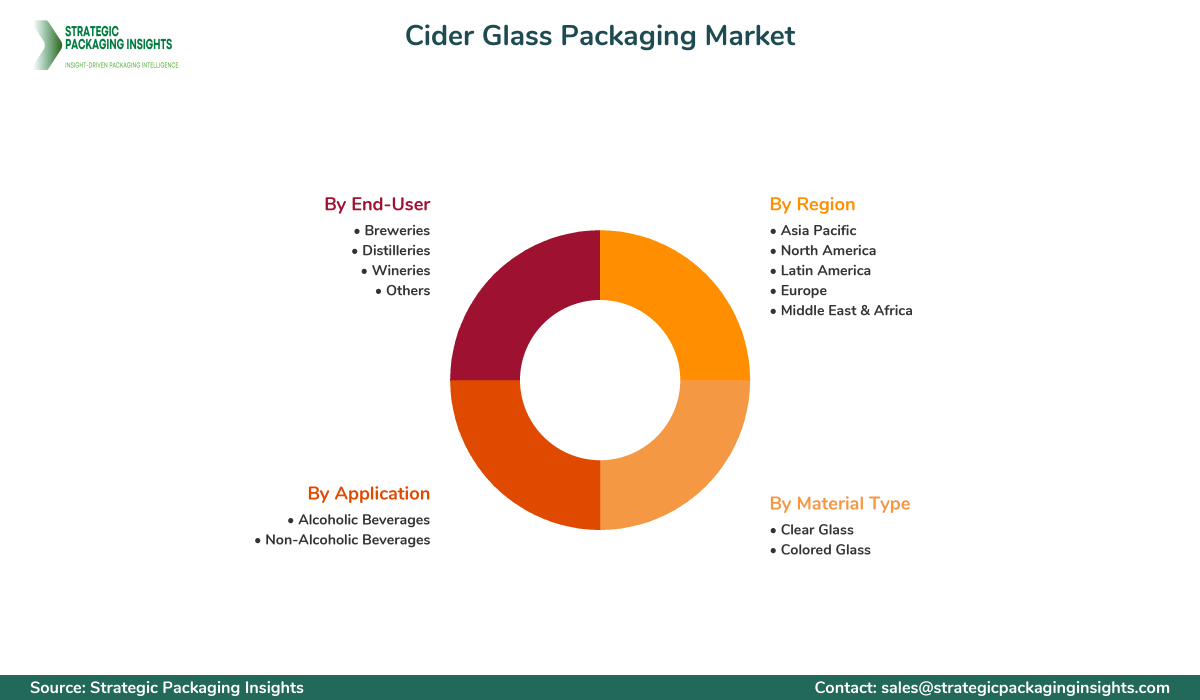
Material Type Analysis
The cider glass packaging market is segmented by material type into clear glass and colored glass. Clear glass remains the dominant segment due to its versatility and ability to showcase the product's natural color and clarity, which is particularly appealing for premium and craft cider brands. The demand for clear glass is driven by its aesthetic appeal and the perception of purity and quality it conveys to consumers. Additionally, clear glass is highly recyclable, aligning with the growing consumer preference for Sustainable Packaging solutions.
Colored glass, on the other hand, is gaining traction as brands seek to differentiate their products on the shelves. The use of vibrant colors and unique designs in glass packaging can enhance brand recognition and appeal to consumers looking for unique and visually striking products. Colored glass also offers functional benefits, such as protecting the contents from UV light, which can be particularly important for preserving the quality and flavor of cider. As the market evolves, the demand for colored glass is expected to grow, driven by the increasing trend of product differentiation and premiumization in the beverage industry.
Application Analysis
The application segment of the cider glass packaging market is divided into alcoholic and non-alcoholic beverages. The alcoholic beverages segment dominates the market, driven by the increasing popularity of cider as a refreshing and lower-alcohol alternative to traditional beers and wines. The demand for glass packaging in this segment is fueled by the premiumization trend, with consumers seeking high-quality and aesthetically pleasing packaging that enhances their drinking experience. Additionally, the rise of craft cider producers is contributing to the demand for specialized glass packaging solutions that cater to niche markets.
Non-alcoholic beverages, while a smaller segment, are also experiencing growth as consumers seek healthier and more diverse beverage options. The demand for glass packaging in this segment is driven by the perception of glass as a premium and sustainable packaging material that preserves the quality and taste of the product. As the market for non-alcoholic beverages continues to expand, particularly in emerging markets, the demand for glass packaging is expected to increase, offering new opportunities for manufacturers to innovate and capture market share.
End-User Analysis
The end-user segment of the cider glass packaging market includes breweries, distilleries, wineries, and others. Breweries represent the largest segment, driven by the increasing popularity of cider as a beverage choice and the demand for premium packaging solutions. The rise of craft breweries and the trend of product differentiation are contributing to the demand for innovative glass packaging designs that enhance brand image and appeal to consumers.
Distilleries and wineries, while smaller segments, are also experiencing growth as they expand their product lines to include cider and other fruit-based beverages. The demand for glass packaging in these segments is driven by the need for high-quality and aesthetically pleasing packaging that aligns with the premium positioning of their products. Additionally, the focus on sustainability and the use of recycled materials in glass packaging are influencing purchasing decisions and shaping market dynamics.
Regional Analysis
The cider glass packaging market is segmented by region into Asia Pacific, North America, Latin America, Europe, and Middle East & Africa. North America and Europe are the largest markets, driven by the strong presence of major glass manufacturers and the increasing demand for premium and sustainable packaging solutions. The focus on innovation and sustainability is shaping market dynamics in these regions, with companies investing in research and development to enhance their product offerings.
Asia Pacific and Latin America are emerging as key growth regions, driven by rising disposable incomes and changing consumer preferences towards cider as a refreshing beverage. The demand for glass packaging in these regions is fueled by the expansion of cider consumption and the increasing focus on sustainability and environmental responsibility. As the market continues to evolve, companies are expected to expand their operations and invest in these regions to capture new growth opportunities and strengthen their competitive position.
Cider Glass Packaging Market Segments
The Cider Glass Packaging market has been segmented on the basis of
Material Type
- Clear Glass
- Colored Glass
Application
- Alcoholic Beverages
- Non-Alcoholic Beverages
End-User
- Breweries
- Distilleries
- Wineries
- Others
Region
- Asia Pacific
- North America
- Latin America
- Europe
- Middle East & Africa
Primary Interview Insights
What are the key drivers of growth in the cider glass packaging market?
How is the market responding to environmental regulations?
What challenges does the market face?
Which regions are expected to see the most growth?
How are companies differentiating their products in the market?
Latest Reports

The Hot Melt Glue Labeler market was valued at $1.2 billion in 2024 and is projected to reach $2.3 billion by 2033, growing at a CAGR of 6.5% during the forecast period 2025–2033.

The Ethical Label market was valued at $1.5 billion in 2024 and is projected to reach $3.2 billion by 2033, growing at a CAGR of 8.5% during the forecast period 2025–2033.

The Packaging Tensioner market was valued at $1.2 billion in 2024 and is projected to reach $2.3 billion by 2033, growing at a CAGR of 6.5% during the forecast period 2025–2033.
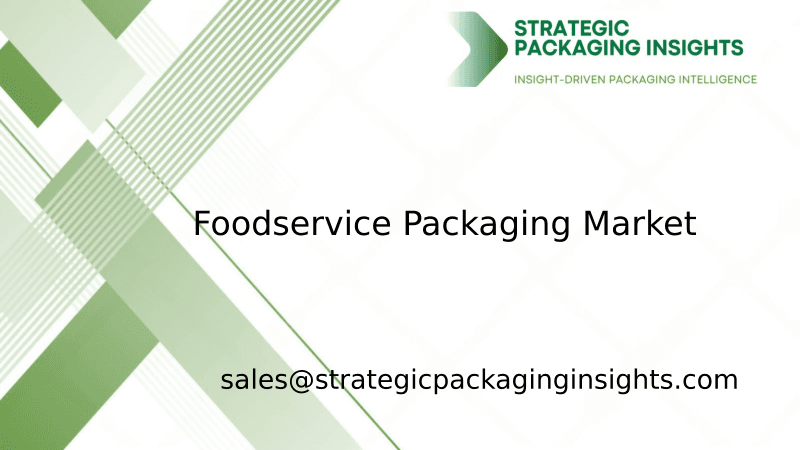
The foodservice packaging market was valued at $120 billion in 2024 and is projected to reach $180 billion by 2033, growing at a CAGR of 4.5% during the forecast period 2025–2033.

The nano-enabled packaging market was valued at $15.2 billion in 2024 and is projected to reach $35.6 billion by 2033, growing at a CAGR of 9.5% during the forecast period 2025–2033.

The Cold Seal Packaging market was valued at $1.5 billion in 2024 and is projected to reach $2.3 billion by 2033, growing at a CAGR of 4.8% during the forecast period 2025–2033.

The Transparent Barrier Packaging Films market was valued at $12.5 billion in 2024 and is projected to reach $20.3 billion by 2033, growing at a CAGR of 5.8% during the forecast period 2025–2033.

The Flatback Tape market was valued at $2.5 billion in 2024 and is projected to reach $4.1 billion by 2033, growing at a CAGR of 5.8% during the forecast period 2025–2033.
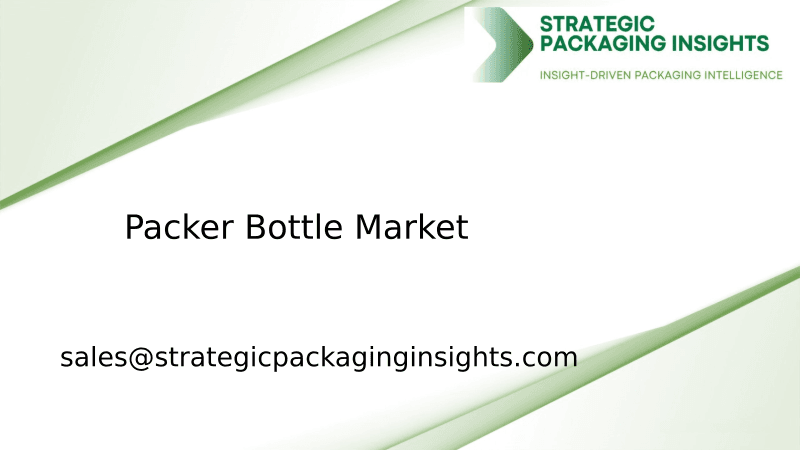
The packer bottle market was valued at $3.5 billion in 2024 and is projected to reach $5.8 billion by 2033, growing at a CAGR of 5.2% during the forecast period 2025–2033.
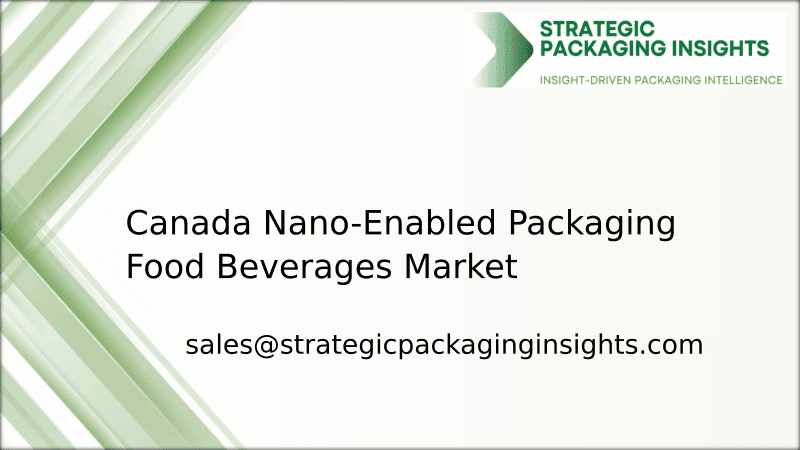
The Canada Nano-Enabled Packaging Food Beverages market was valued at $1.2 billion in 2024 and is projected to reach $3.5 billion by 2033, growing at a CAGR of 12.5% during the forecast period 2025–2033.
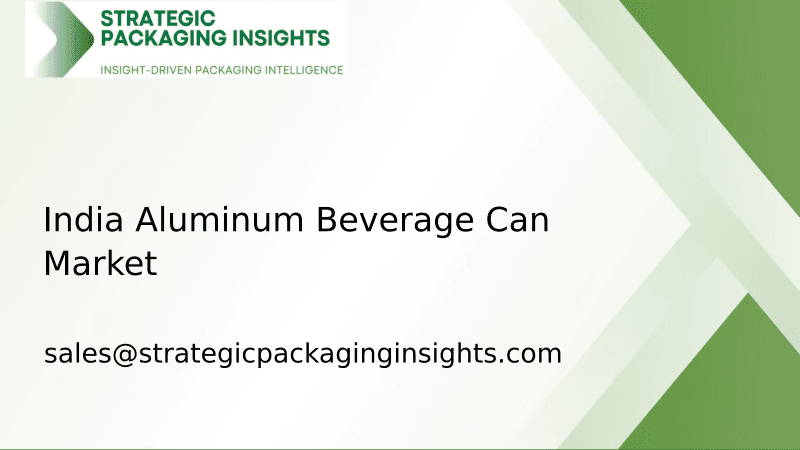
The India Aluminum Beverage Can market was valued at $1.2 billion in 2024 and is projected to reach $2.5 billion by 2033, growing at a CAGR of 8.5% during the forecast period 2025–2033.
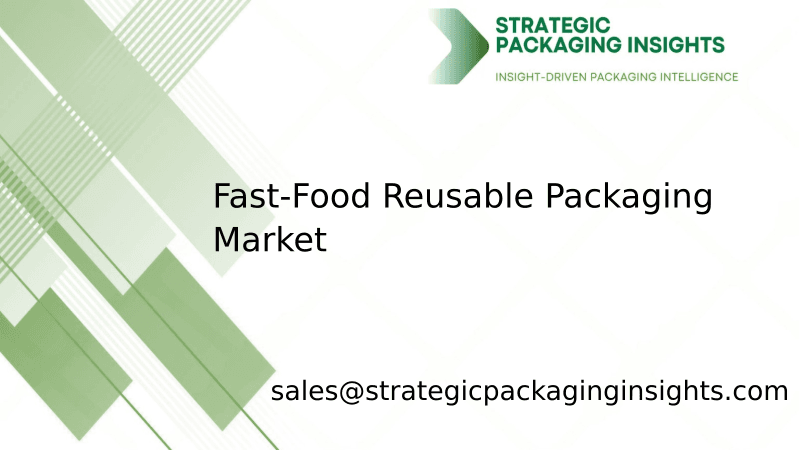
The fast-food reusable packaging market was valued at $1.2 billion in 2024 and is projected to reach $3.5 billion by 2033, growing at a CAGR of 12.5% during the forecast period 2025–2033.

The pallets market was valued at $59.91 billion in 2024 and is projected to reach $88.69 billion by 2033, growing at a CAGR of 4.5% during the forecast period 2025–2033.

The lamination adhesives market was valued at $2.5 billion in 2024 and is projected to reach $4.1 billion by 2033, growing at a CAGR of 5.8% during the forecast period 2025–2033.

The garment packing machine market was valued at $1.2 billion in 2024 and is projected to reach $2.5 billion by 2033, growing at a CAGR of 8.5% during the forecast period 2025–2033.
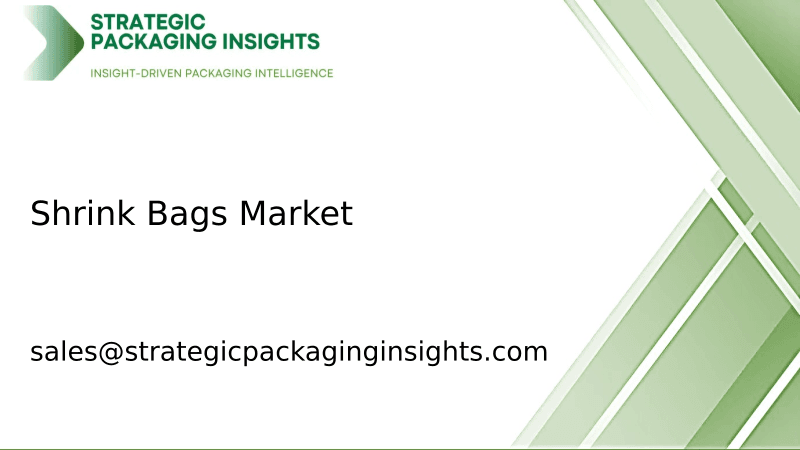
The shrink bags market was valued at $3.5 billion in 2024 and is projected to reach $5.8 billion by 2033, growing at a CAGR of 5.2% during the forecast period 2025–2033.

The beverage packaging market was valued at $128 billion in 2024 and is projected to reach $186 billion by 2033, growing at a CAGR of 4.2% during the forecast period 2025–2033.

The North America Freight and Logistics market was valued at $1,200 billion in 2024 and is projected to reach $1,800 billion by 2033, growing at a CAGR of 4.5% during the forecast period 2025–2033.

The Anti-Counterfeiting Packaging market was valued at $105 billion in 2024 and is projected to reach $182 billion by 2033, growing at a CAGR of 6.5% during the forecast period 2025–2033.

The Active and Modified Atmospheric Packaging market was valued at $15.2 billion in 2024 and is projected to reach $25.8 billion by 2033, growing at a CAGR of 6.5% during the forecast period 2025–2033.

The molded fiber packaging market was valued at $7.5 billion in 2024 and is projected to reach $12.3 billion by 2033, growing at a CAGR of 5.8% during the forecast period 2025–2033.

The micro packaging market was valued at $1.2 billion in 2024 and is projected to reach $2.5 billion by 2033, growing at a CAGR of 8.5% during the forecast period 2025–2033.

The Anti-counterfeit Pharmaceuticals Packaging market was valued at $80 billion in 2024 and is projected to reach $150 billion by 2033, growing at a CAGR of 7.5% during the forecast period 2025–2033.

The MDO-PE Film market was valued at $3.5 billion in 2024 and is projected to reach $5.8 billion by 2033, growing at a CAGR of 5.2% during the forecast period 2025–2033.
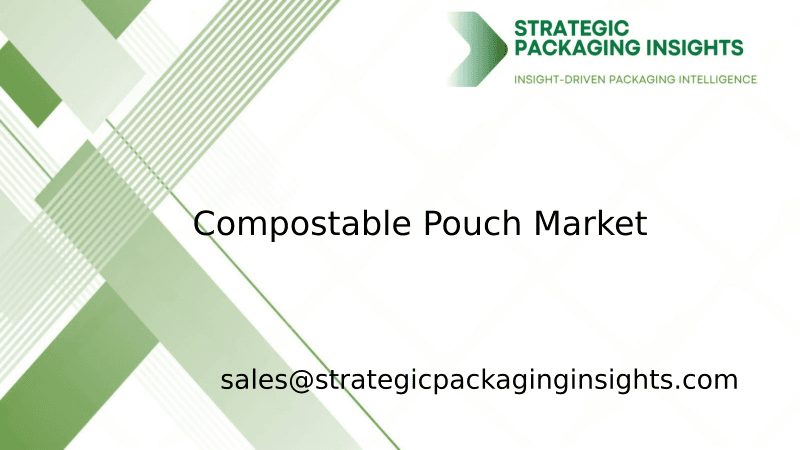
The compostable pouch market was valued at $1.2 billion in 2024 and is projected to reach $3.5 billion by 2033, growing at a CAGR of 12.5% during the forecast period 2025–2033.

The Hot Melt Glue Labeler market was valued at $1.2 billion in 2024 and is projected to reach $2.3 billion by 2033, growing at a CAGR of 6.5% during the forecast period 2025–2033.

The Ethical Label market was valued at $1.5 billion in 2024 and is projected to reach $3.2 billion by 2033, growing at a CAGR of 8.5% during the forecast period 2025–2033.

The Packaging Tensioner market was valued at $1.2 billion in 2024 and is projected to reach $2.3 billion by 2033, growing at a CAGR of 6.5% during the forecast period 2025–2033.

The foodservice packaging market was valued at $120 billion in 2024 and is projected to reach $180 billion by 2033, growing at a CAGR of 4.5% during the forecast period 2025–2033.

The nano-enabled packaging market was valued at $15.2 billion in 2024 and is projected to reach $35.6 billion by 2033, growing at a CAGR of 9.5% during the forecast period 2025–2033.

The Cold Seal Packaging market was valued at $1.5 billion in 2024 and is projected to reach $2.3 billion by 2033, growing at a CAGR of 4.8% during the forecast period 2025–2033.

The Transparent Barrier Packaging Films market was valued at $12.5 billion in 2024 and is projected to reach $20.3 billion by 2033, growing at a CAGR of 5.8% during the forecast period 2025–2033.

The Flatback Tape market was valued at $2.5 billion in 2024 and is projected to reach $4.1 billion by 2033, growing at a CAGR of 5.8% during the forecast period 2025–2033.

The packer bottle market was valued at $3.5 billion in 2024 and is projected to reach $5.8 billion by 2033, growing at a CAGR of 5.2% during the forecast period 2025–2033.

The Canada Nano-Enabled Packaging Food Beverages market was valued at $1.2 billion in 2024 and is projected to reach $3.5 billion by 2033, growing at a CAGR of 12.5% during the forecast period 2025–2033.

The India Aluminum Beverage Can market was valued at $1.2 billion in 2024 and is projected to reach $2.5 billion by 2033, growing at a CAGR of 8.5% during the forecast period 2025–2033.

The fast-food reusable packaging market was valued at $1.2 billion in 2024 and is projected to reach $3.5 billion by 2033, growing at a CAGR of 12.5% during the forecast period 2025–2033.

The pallets market was valued at $59.91 billion in 2024 and is projected to reach $88.69 billion by 2033, growing at a CAGR of 4.5% during the forecast period 2025–2033.

The lamination adhesives market was valued at $2.5 billion in 2024 and is projected to reach $4.1 billion by 2033, growing at a CAGR of 5.8% during the forecast period 2025–2033.

The garment packing machine market was valued at $1.2 billion in 2024 and is projected to reach $2.5 billion by 2033, growing at a CAGR of 8.5% during the forecast period 2025–2033.

The shrink bags market was valued at $3.5 billion in 2024 and is projected to reach $5.8 billion by 2033, growing at a CAGR of 5.2% during the forecast period 2025–2033.

The beverage packaging market was valued at $128 billion in 2024 and is projected to reach $186 billion by 2033, growing at a CAGR of 4.2% during the forecast period 2025–2033.

The North America Freight and Logistics market was valued at $1,200 billion in 2024 and is projected to reach $1,800 billion by 2033, growing at a CAGR of 4.5% during the forecast period 2025–2033.

The Anti-Counterfeiting Packaging market was valued at $105 billion in 2024 and is projected to reach $182 billion by 2033, growing at a CAGR of 6.5% during the forecast period 2025–2033.

The Active and Modified Atmospheric Packaging market was valued at $15.2 billion in 2024 and is projected to reach $25.8 billion by 2033, growing at a CAGR of 6.5% during the forecast period 2025–2033.

The molded fiber packaging market was valued at $7.5 billion in 2024 and is projected to reach $12.3 billion by 2033, growing at a CAGR of 5.8% during the forecast period 2025–2033.

The micro packaging market was valued at $1.2 billion in 2024 and is projected to reach $2.5 billion by 2033, growing at a CAGR of 8.5% during the forecast period 2025–2033.

The Anti-counterfeit Pharmaceuticals Packaging market was valued at $80 billion in 2024 and is projected to reach $150 billion by 2033, growing at a CAGR of 7.5% during the forecast period 2025–2033.

The MDO-PE Film market was valued at $3.5 billion in 2024 and is projected to reach $5.8 billion by 2033, growing at a CAGR of 5.2% during the forecast period 2025–2033.

The compostable pouch market was valued at $1.2 billion in 2024 and is projected to reach $3.5 billion by 2033, growing at a CAGR of 12.5% during the forecast period 2025–2033.
